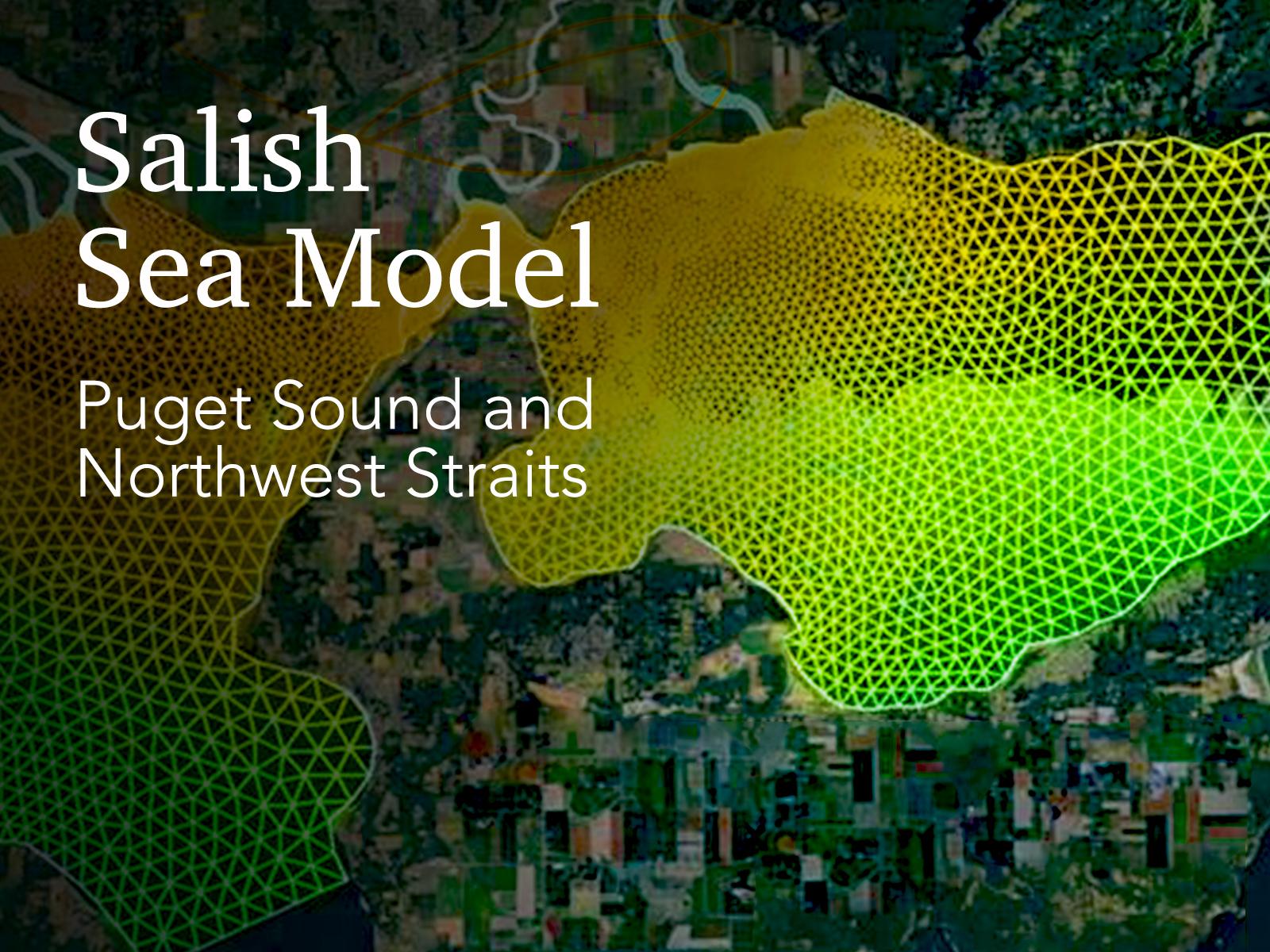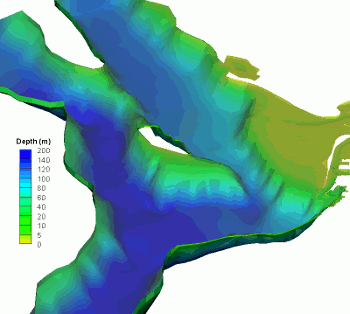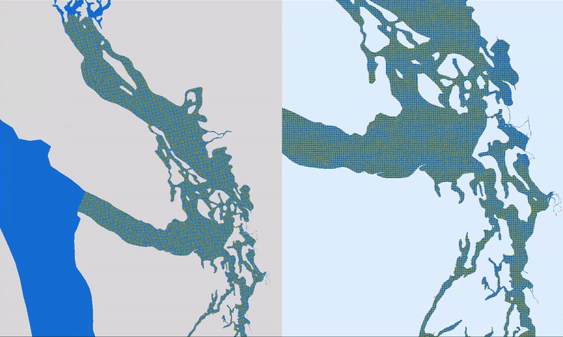Salish Sea Model
The Salish Sea Model (SSM) is a predictive coastal ocean model for estuarine research, restoration planning, water-quality management, and climate change response assessment. In addition to assessments of impacts from watershed runoff and wastewater discharges, the SSM is currently being utilized for the analysis of Salish Sea response to sea level rise, climate change, and propagation of global ocean acidification into the inner estuarine environment.


